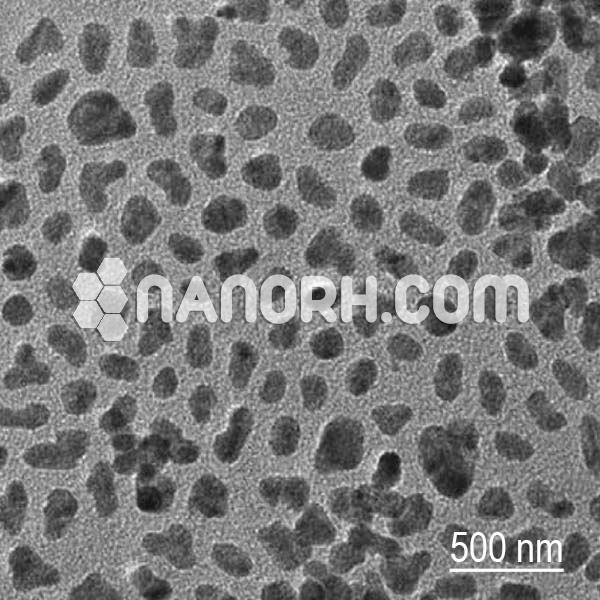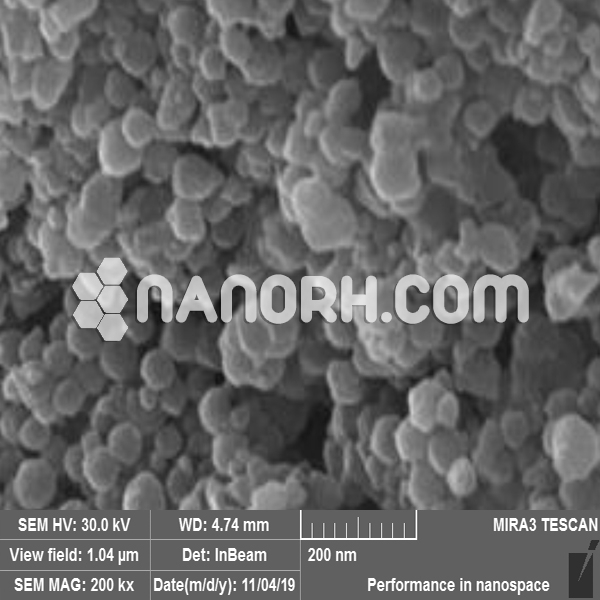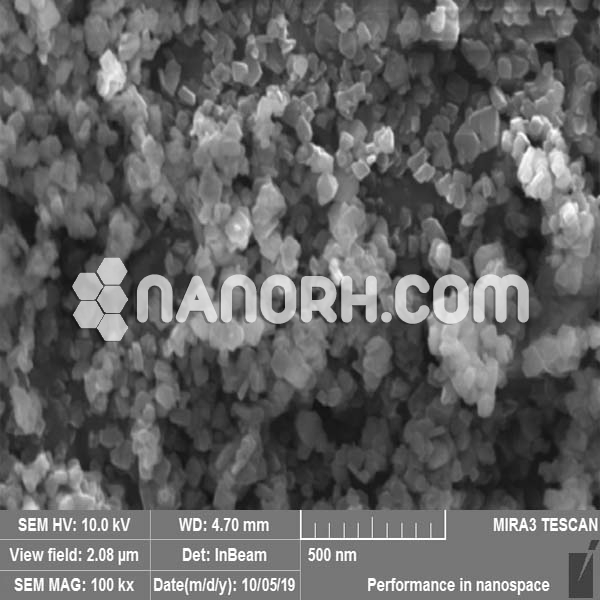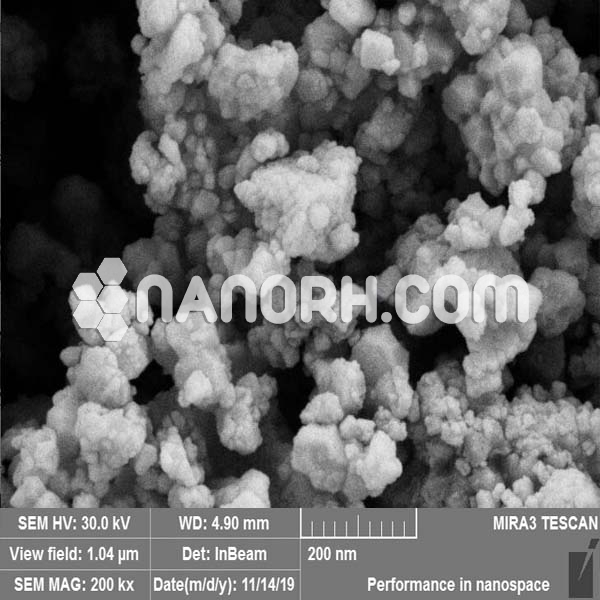| Strontium Nanopowder | |
| Product Number | NRE-1040 |
| CAS No. | 7440-24-6 |
| Formula | Sr |
| Molecular Weight | 87.62g/mol |
| APS | <100 nm (Can be Customized) |
| Purity | 99.9% |
| Color | white |
| Density | 2.64 g/cm3 |
| Melting Point | 777 °C |
| Boiling Point | 1377 °C |
Strontium Nanopowder
Strontium nanoparticles have garnered interest in various scientific and technological fields due to their unique properties and potential applications. Here are some of the notable applications of strontium nanoparticles:
Biomedical Applications:
Bone Regeneration: Strontium nanoparticles can be incorporated into bone implants and scaffolds to promote bone growth and regeneration. Strontium is known to enhance osteoblast (bone-forming cell) activity and inhibit osteoclast (bone-resorbing cell) activity, making it useful in treating osteoporosis and bone fractures.
Cancer Therapy:
Strontium nanoparticles have been explored as drug-delivery vehicles for cancer treatment. They can be loaded with therapeutic agents and targeted to cancer cells, offering a more localized and effective treatment option.
Dental Materials:
Strontium nanoparticles can be incorporated into dental materials like toothpaste, composites, and dental adhesives to help strengthen teeth and reduce tooth sensitivity.
Pharmaceuticals:
Strontium nanoparticles can be used as carriers for drug delivery, allowing for controlled release and improved bioavailability of pharmaceutical compounds.
Catalysis:
Strontium nanoparticles can serve as catalysts in various chemical reactions. Their unique surface properties and reactivity make them useful in catalyzing reactions in the field of green chemistry.
Energy Storage:
Strontium-based materials, including nanoparticles, have been investigated for use in energy storage devices, such as batteries and supercapacitors, due to their high charge storage capacity and electrochemical properties.
Optoelectronics:
Strontium nanoparticles can be employed in the development of optoelectronic devices, such as light-emitting diodes (LEDs) and photodetectors, to enhance their performance.
Magnetic Materials:
Strontium nanoparticles can be incorporated into magnetic materials for use in data storage, magnetic resonance imaging (MRI) contrast agents, and magnetic hyperthermia for cancer treatment.
Water Treatment:
Strontium nanoparticles can be used for the removal of heavy metals from water sources through adsorption and precipitation processes.
Environmental Remediation:
Strontium nanoparticles can aid in the remediation of contaminated soil and groundwater by facilitating the removal or immobilization of hazardous substances.
Nanocomposites:
Strontium nanoparticles can be integrated into nanocomposite materials to enhance their mechanical, thermal, or electrical properties.
Flame Retardants:
Strontium-based nanoparticles can be used as flame retardants in various materials, including polymers and textiles, to improve their fire resistance.
Solar Cells:
Strontium nanoparticles have been studied for their potential application in solar cells to improve the efficiency of energy conversion.




